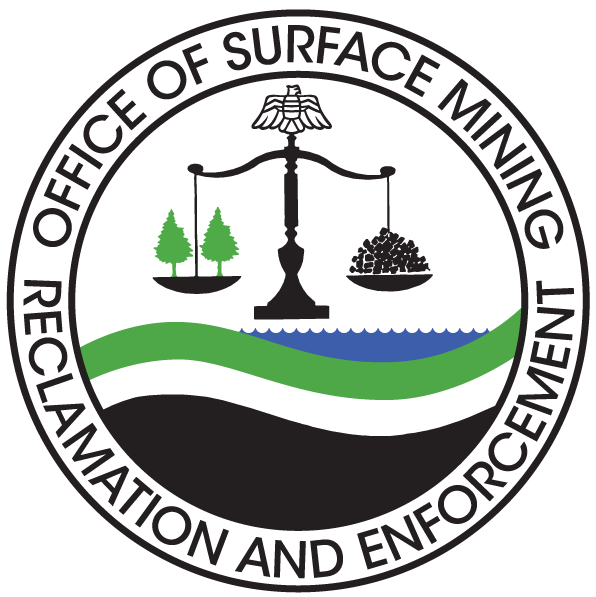Abandoned Mine Land Inventory System
The Abandoned Mine Land Inventory System (e-AMLIS) is a computer system used to store, manage, and report on the OSMRE Inventory of Abandoned Mine Land Problems. This includes both problems in need of reclamation and those that have been reclaimed.
Questions regarding e-AMLIS should be sent to the e-AMLIS Team at [email protected].
Access e-AMLIS: Authorized Users Access e-AMLIS: General Public
Purpose of e-AMLIS
The purpose of e-AMLIS is to provide an inventory of land and water impacted by legacy coal mining operations.
The inventory contains information on the location, type, and extent of AML impacts, as well as, information on the cost associated with the reclamation of those problems. The inventory is based upon field surveys by State, Tribal, and OSMRE program officials. It is dynamic to the extent that it is modified as new problems are identified and existing problems are reclaimed.
Frequently Asked Questions (FAQs)
The most serious "high priority" AML problems are those posing an immediate threat to health, safety and general welfare of people. There are 17 Priority 1 and Priority 2 problem types.
SMCRA requires that these problems are inventories.
Priority 3 AML problems are those impacting the environment.
SMCRA does not require OSMRE to inventory every unreclaimed priority 3 environmental problem. Some states and tribes do submit this information voluntarily.
SMCRA does require that priority 3 problems is inventories however when reclamation activities are funded.
The 1990 SMCRA Amendments eliminated the original Priority 4 pertaining to AML reclamation research and renumbered the remaining priorities.
The 2006 SMCRA Amendments eliminated Priorities 4 and 5 for future projects, however, the e-AMLIS will continue to maintain historical information on Priority 4 and Priority 5 projects.
The information for the AML Inventory is developed by local OSMRE offices and the states and tribes that manage their own AML programs.
No, the AML Inventory only contains problems eligible for reclamation using the Abandoned Mine Reclamation Fund. Only coal-related problems caused by mining prior to the enactment of SMCRA that meet the first two objectives set out in SMCRA, Priorities 1 and 2, have been systematically inventoried.
No. Under SMCRA sites are eligible for reclamation funding if there is no party with a continuing reclamation responsibility under State or Federal law.
Unfunded, Funded, and Completed.
New problems are constantly added to the AML inventory.
The two main reasons why new problems are added. This include:
-
A pre-existing problem that did not meet the priorities now meets them because of a change in circumstances. For example, an existing high-wall not in the AML Inventory is added when, after heavy rains, it becomes unstable and threatens a house near its base.
-
A new problem arises. For example, an old underground coal mine begins to subside threatening a road and nearby houses. A subsidence problem would be added to the AML Inventory.

